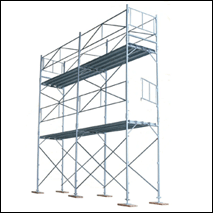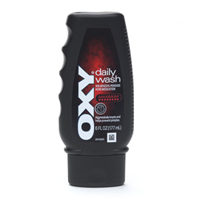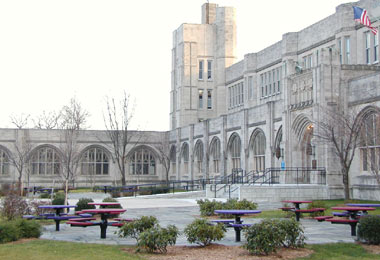June 18, 2015: Ronald Morse, 40, a member of International Association of Ironworkers, Local 7 of Boston, has died, and Mark Praetsch, 30, a member of the International Union of Elevator Constructors, Local 4 of Boston, was seriously injured as the result of a construction accident. The accident happened on June 11, 2015 at a Suffolk Construction jobsite in Somerville, where a Partners Healthcare facility is being constructed. According to a Suffolk Construction spokesman, the men were injured when a hoist cab unexpectedly fell away from the building during assembly of the hoists, and fell then three stories to the ground.
Members of the Somerville Police Department arrived on the scene and provided first aid to Morse and Praetsch. The men were then transported to Massachusetts General Hospital, where Morse was later pronounced dead. Praetsch was initially listed in critical condition, but has since stabilized.
The Occupational Safety and Health Administration (“OSHA”) has opened an investigation to determine if Suffolk violated any workplace safety standards. No charges have been filed to date, and Ted Williams, U.S. Dept. of Labor Regional Director of Public Affairs, estimates that the inspection will not conclude for several weeks.
 Boston Accident and Injury Lawyer
Boston Accident and Injury Lawyer




 Oxy® Face Wash, manufactured by the Mantholatum Company, Inc., is prominently advertised to contain ten percent (10%) benzoyl peroxide, a product widely used to fight acne, but which has also been reported to have side effects, causing itchy, dry skin and rashes. The product’s label and other literature give no warning that skin discoloration could occur as a result of use of the Oxy® Acne Products.
Oxy® Face Wash, manufactured by the Mantholatum Company, Inc., is prominently advertised to contain ten percent (10%) benzoyl peroxide, a product widely used to fight acne, but which has also been reported to have side effects, causing itchy, dry skin and rashes. The product’s label and other literature give no warning that skin discoloration could occur as a result of use of the Oxy® Acne Products.

